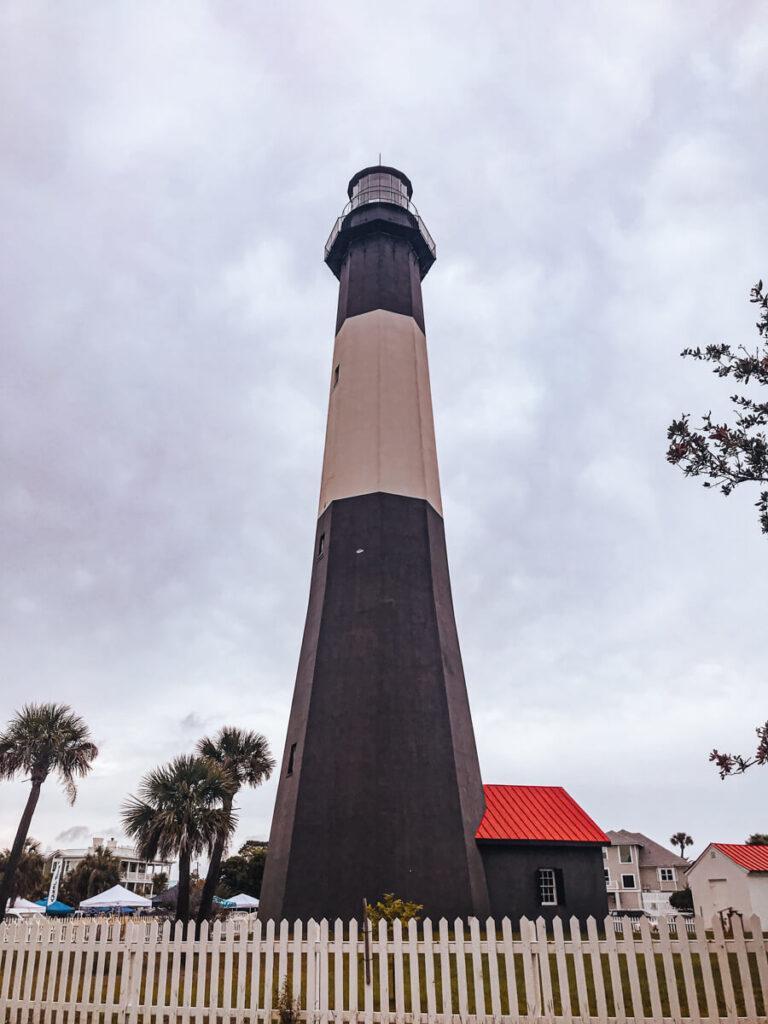


Scenarios is dependent on a complex interaction of human behaviors and environmental responses that cannot be readily predicted, climate adaptation planning – even at the local level – is an inherently complicated, multi-faceted, and evolving field. Because the range of future climate change Although climate change is a global phenomenon driven by global processes, it is increasingly recognized that the timing, degree, and severity of impacts that specific communities face are quite local and variable. Many coastal cities in the United States have recently started to plan and implementĪdaptations for sea-level rise and other climate change-driven flood risks. Key Words: coastal resilience, critical GIS, geovisualization, mixed methods, social vulnerability.

To this end, the study demonstrates several geovisualization methods for integration. Integration of both can provide a fuller picture of social vulnerability. It is believed that both sets of results are useful and revealing from different perspectives, although each has its own weaknesses. We find significant variations in perceptions across the vulnerability spectrum and relate these differences to theories of expert and nonexpert knowledge. It applies statistical and geovisual analyses of data from both approaches. Situated at the nexus of geographic information systems (GIS) and natural hazard vulnerability, this study compares and integrates a GIS-based approach that produces social vulnerability indexes from census data and a human subject survey-based approach that learns local perceptions of coastal hazards in the aftermath of Hurricanes Matthew and Irma. Vulnerability and resilience of coastal communities is increasingly important in the face of sea level rise and severe storms. Scientific needs include: better understanding of future hazards due to climate change and sea level rise, better predictions of time-dependent processes such as barrier island response to human alterations to natural coastal defense systems, and improved communication between physical scientists, social scientists, managers, and stakeholders. Although the use of adaptation pathways is still in its early stages in many coastal communities, the success of the process is dependent on contributions from both quantitative hazard research and consistent engagement with stakeholders in an iterative co-development of prioritized policy trajectories. In this paper, we focus on barrier island communities and give an overview of adaptation pathway methodologies, highlight several common policies considered to increase resilience, review how coastal scientists have thus far contributed to such methods, and discuss specific research agendas that could aid in future implementations.

This takes into account changing conditions and resulting hazards that exceed a threshold agreed upon by the community. Adaptation pathways identify hypothetical future timelines whereby communities adopt a different policy in response to new environmental conditions. Adaptation pathways, a holistic approach to policy development, may be an ideal framework for municipalities to consider in low-lying, dynamic environments such as barrier islands. Coastal communities throughout the world will be faced with policy decisions that affect their resilience to climate change, sea level rise, and associated impacts.


 0 kommentar(er)
0 kommentar(er)
